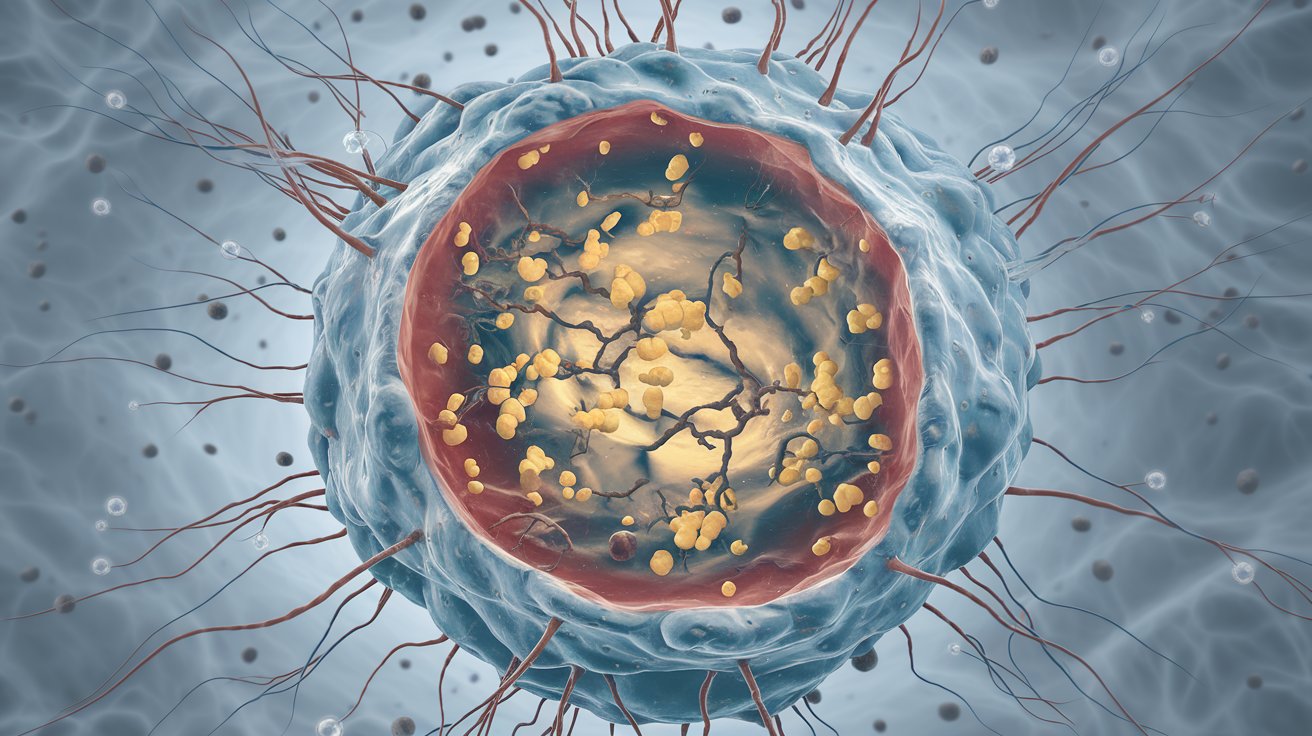
Glutamate-Aspartate Transport Defect is a rare genetic disorder that affects the brain's ability to transport certain amino acids. This condition can lead to severe neurological issues, including developmental delays, seizures, and intellectual disabilities. Understanding this defect is crucial for those affected and their families. In this blog post, we will explore 25 essential facts about this condition, from its genetic basis to potential treatments. Whether you're a parent, caregiver, or just curious, these facts will provide valuable insights into the challenges and complexities of Glutamate-Aspartate Transport Defect. Let's dive in and learn more about this rare but impactful disorder.
Key Takeaways:
- Glutamate-Aspartate Transport Defect is a rare genetic disorder affecting the brain's ability to transport neurotransmitters, leading to developmental delays and neurological symptoms. Early diagnosis and various treatments can help manage the condition effectively.
- Understanding the symptoms and treatment options for Glutamate-Aspartate Transport Defect is crucial for improving the quality of life for affected individuals. Ongoing research offers hope for future advancements in managing this rare genetic disorder.
What is Glutamate-Aspartate Transport Defect?
Glutamate-Aspartate Transport Defect is a rare genetic disorder affecting the brain's ability to transport certain neurotransmitters. This condition can lead to various neurological symptoms and developmental delays. Understanding this disorder can help in managing and treating it effectively.
-
Glutamate-Aspartate Transport Defect is caused by mutations in the SLC1A3 gene, which encodes a protein responsible for transporting glutamate and aspartate across cell membranes.
-
Glutamate is the most abundant excitatory neurotransmitter in the brain, playing a crucial role in neural communication, memory formation, and learning.
-
Aspartate is another important neurotransmitter involved in the brain's metabolic processes and neural signaling.
-
SLC1A3 gene mutations can disrupt the normal function of the glutamate-aspartate transporter, leading to an accumulation of these neurotransmitters in the brain.
-
Excess glutamate can cause excitotoxicity, a condition where neurons are damaged and killed due to excessive stimulation by neurotransmitters.
Symptoms of Glutamate-Aspartate Transport Defect
The symptoms of this disorder can vary widely among affected individuals. Here are some common signs to look out for:
-
Developmental delays are often one of the first signs, with affected children showing slower progress in reaching milestones like walking and talking.
-
Seizures are a common symptom, occurring in many individuals with this condition due to abnormal electrical activity in the brain.
-
Intellectual disability can range from mild to severe, affecting cognitive functions and learning abilities.
-
Movement disorders such as ataxia (lack of muscle coordination) and dystonia (involuntary muscle contractions) are frequently observed.
-
Behavioral issues like hyperactivity, aggression, and social difficulties may also be present.
Diagnosing Glutamate-Aspartate Transport Defect
Early diagnosis is crucial for managing this disorder effectively. Here are some methods used to diagnose it:
-
Genetic testing can identify mutations in the SLC1A3 gene, confirming the diagnosis.
-
MRI scans of the brain can reveal structural abnormalities and help rule out other conditions.
-
EEG (electroencephalogram) tests measure electrical activity in the brain and can detect seizure activity.
-
Metabolic tests may be conducted to assess the levels of glutamate and aspartate in the body.
-
Clinical evaluations by neurologists and other specialists are essential for a comprehensive diagnosis.
Treatment Options for Glutamate-Aspartate Transport Defect
While there is no cure for this disorder, various treatments can help manage symptoms and improve quality of life:
-
Antiepileptic drugs are often prescribed to control seizures and reduce their frequency.
-
Physical therapy can help improve motor skills and coordination in affected individuals.
-
Occupational therapy focuses on enhancing daily living skills and independence.
-
Speech therapy is beneficial for those with communication difficulties, helping them improve their language skills.
-
Behavioral therapy can address behavioral issues and provide strategies for managing them effectively.
Research and Future Directions
Ongoing research aims to better understand this disorder and develop new treatments. Here are some promising areas of study:
-
Gene therapy holds potential for correcting the underlying genetic mutations causing the disorder.
-
Neuroprotective drugs are being investigated for their ability to protect neurons from excitotoxicity.
-
Stem cell therapy is another area of interest, with the potential to replace damaged neurons and restore normal brain function.
-
Clinical trials are essential for testing new treatments and determining their safety and efficacy.
-
Patient registries and databases are being established to collect information on affected individuals, aiding research and improving care.
Final Thoughts on Glutamate-Aspartate Transport Defect
Understanding Glutamate-Aspartate Transport Defect helps us grasp the complexities of neurological disorders. This condition, though rare, impacts the brain's ability to manage crucial neurotransmitters, leading to significant health challenges. Awareness and research are key to developing effective treatments and support systems for those affected.
By diving into the facts, we've highlighted the importance of early diagnosis and the role of genetic counseling. Families dealing with this condition need comprehensive care and support.
Staying informed about such rare disorders can foster empathy and drive advancements in medical science. Keep learning, stay curious, and support research initiatives. Knowledge empowers us to make a difference in the lives of those facing these challenges.
Frequently Asked Questions
Was this page helpful?
Our commitment to delivering trustworthy and engaging content is at the heart of what we do. Each fact on our site is contributed by real users like you, bringing a wealth of diverse insights and information. To ensure the highest standards of accuracy and reliability, our dedicated editors meticulously review each submission. This process guarantees that the facts we share are not only fascinating but also credible. Trust in our commitment to quality and authenticity as you explore and learn with us.
